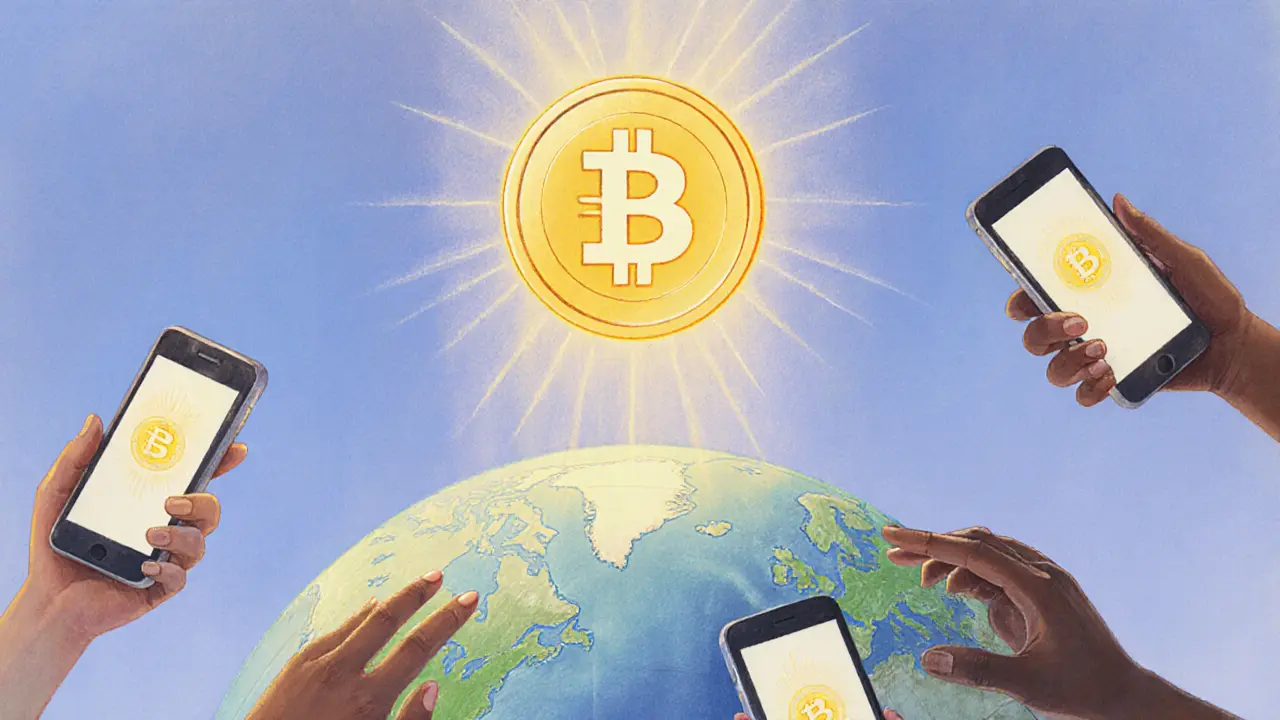Financial Inclusion and the Crypto Revolution
When talking about Financial inclusion, the effort to give everyone, especially the unbanked, access to affordable financial services, we’re really looking at a global challenge that touches billions of lives. Financial inclusion isn’t just a buzzword; it’s a promise that technology can deliver low‑cost payments, savings, and credit where traditional banks fall short. In many emerging markets, people skip the bank entirely and jump straight onto their phones – that shift is what drives the stories you’ll find below.
Why crypto adoption matters
The rise of crypto adoption, the growing use of digital tokens for payments, savings, and investment in everyday life gives a fresh pathway to reach those without bank accounts. Blockchain, a distributed ledger that records transactions transparently and securely underpins this movement, providing trust without a central gatekeeper. In practice, a farmer in Nigeria can sell harvest directly to a buyer overseas, receive payment instantly in a stablecoin, and avoid costly remittance fees. That’s a clear example of the semantic triple: Financial inclusion leverages crypto adoption to expand services; blockchain enables transparent, low‑cost transactions.
Regulators also play a starring role. Regulation, government policies that define how digital assets can be used, taxed, and protected can either open doors or shut them shut. In Iraq, strict bans limit access, while the UAE’s clear licensing framework attracts exchanges that serve local merchants. The triple here is: Regulation influences blockchain deployment, which in turn shapes the depth of financial inclusion. When rules are clear, startups can build on‑ramp solutions that meet compliance while still reaching the unbanked.
Another engine for inclusion is DeFi, decentralized finance platforms that replicate banking services without intermediaries. From lending protocols that let anyone collateralize assets to stablecoins that act as a local currency, DeFi offers alternatives that traditional finance can’t match. The semantic link is simple: DeFi provides alternative financial services, which support financial inclusion by lowering barriers to credit and savings.
All of these forces – crypto adoption, blockchain transparency, sensible regulation, and DeFi innovation – create a dynamic ecosystem that’s reshaping how people access money. Below you’ll discover a curated set of articles that break down each piece, from real‑world adoption in Nigeria to regulatory shifts in Iraq and beyond. Dive in to see how the tech is turning the promise of financial inclusion into a daily reality.

Explore how stablecoins are reshaping payments, DeFi, enterprise finance, and financial inclusion beyond trading, with real‑world examples, risks, and a comparison of top options.
Jonathan Jennings Jan 31, 2025




